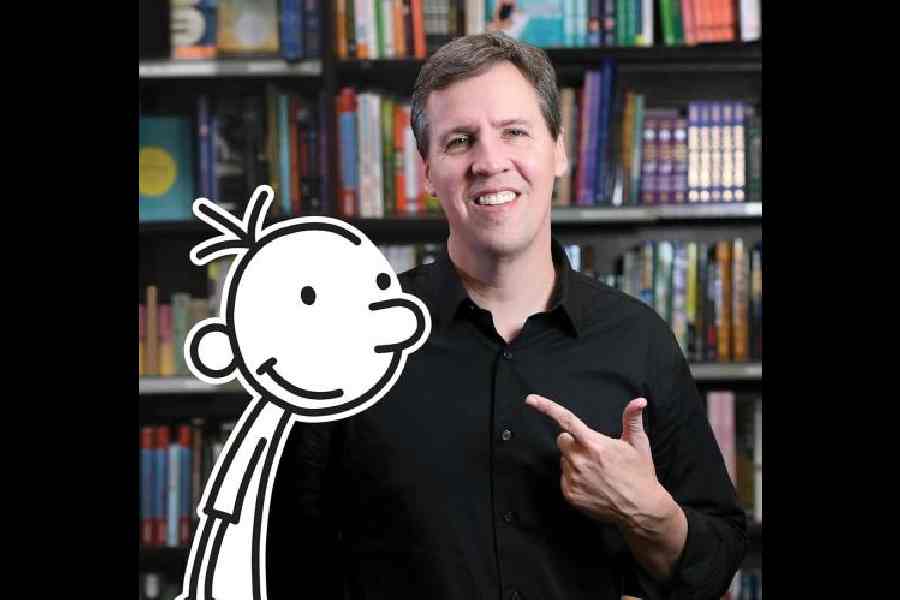Jeff Kinney, the bestselling author and the mind behind the immensely popular Dairy of A Wimpy Kid series, was in India last month for a multi-city tour with his latest and 18th book in the series, Diary of a Wimpy Kid: No Brainer. The series has gone beyond the confines of a book to bring alive the life and the adventures of Greg Heffley, a boy in a middle school, and has been adapted for the screen as well apart from being made into a musical. The affable author, who is a cartoonist at heart, was excited to be in India after six years. Over a Zoom call, before conducting his No Brainer Show, US-based Kinney chatted with t2 about humour being important to his craft, why the latest book is a real satire, and his new library project.
Diary of a Wimpy Kid: No Brainer is your 18th book in the series. How have you evolved as a storyteller and how has your character, Greg, evolved over these 18 books?
Well, Greg hasn’t really evolved at all. He’s a cartoon character. And what we like about our cartoon characters is that they don’t change. So, if you think of famous cartoon characters over time, like Donald Duck or Mickey Mouse or any other character, we like them because they’re reliable. After all, they don’t evolve or change. Me, on the other hand, I think I’ve evolved a lot as a storyteller. When I first started writing these books, I really didn’t know what I was doing. I was just trying to write funny books. Humour was always a priority for me. As I’ve grown, I’ve realised how much I’ve evolved. I’ve learned how important the actual storytelling is and I learned that from getting involved in movies because when we made the movie, we had to tell stories that were very emotionally satisfying. So I’ve taken that and mapped it onto my books. I’ve really tried to become a better storyteller in my books.
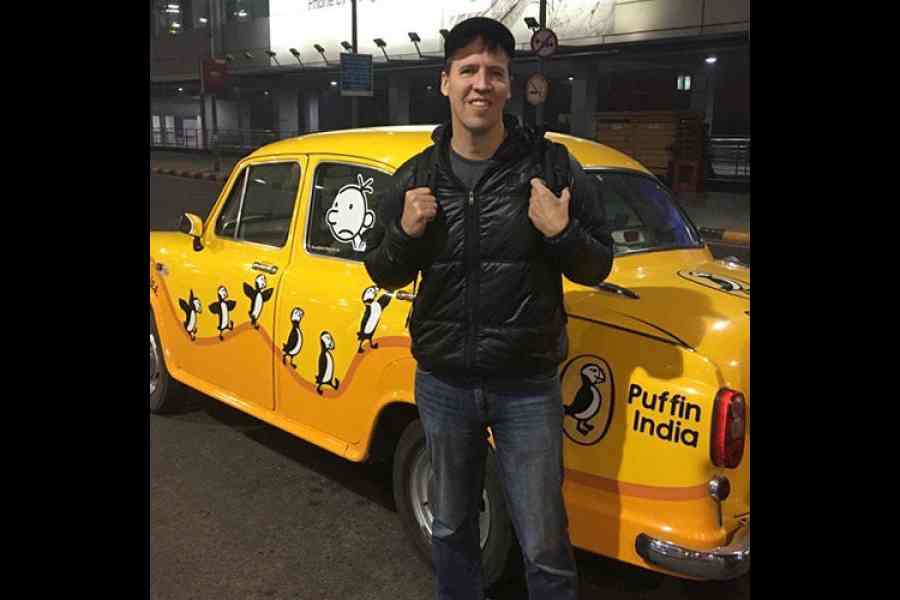
Jeff Kinney during his India visit in 2016
And between the screen adaptation and the book, which one do you enjoy more?
I think they’re all just a little bit different. So far, I’ve been able to write books and make movies, both live-action and animated, and I’ve also made musicals. And I would say each one is great within its boundaries. The books are really special because they’ve got cartoon drawings which punctuate the story. The musical is wonderful because it brings this very joyful spirit to it. And then, of course, you feel something different as an audience member in a musical. And then the movies are different and special in their own way, too, because they tell a very uplifting and really satisfying story. So, I like all three mediums.
You said that humour is one of the most important factors for you as an author. Where do you draw inspiration from?
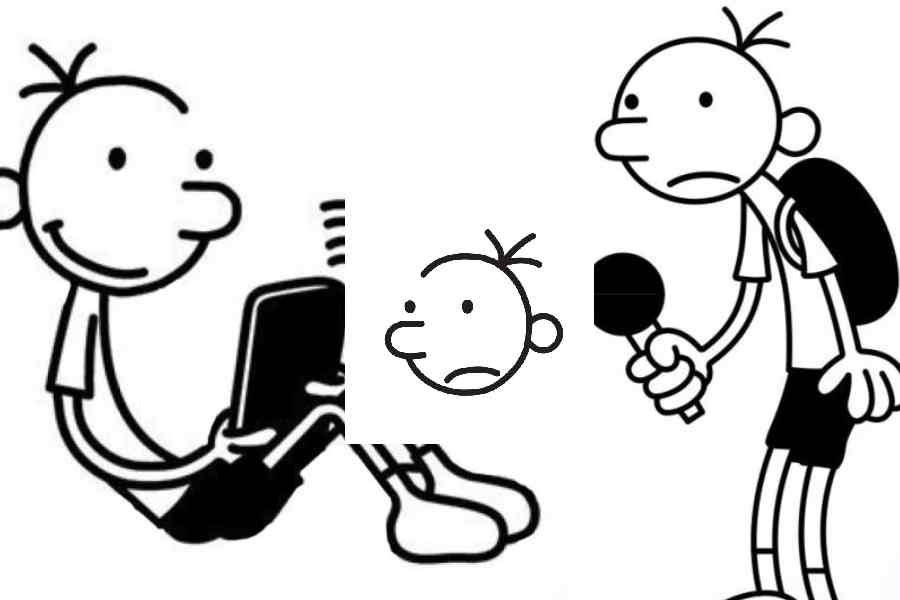
I get inspiration from my everyday life, especially my childhood memories. When I look back on my life, I had a pretty ordinary upbringing, but a lot of funny things happened and I’ve tried to capture those funny things and put them into the pages of a book. And so when I talk to kids, I really try to encourage them to tell their own stories because there are so many funny stories; there are so many stories that need to be told from so many different types of people.
What was the aim when you started Diary of a Wimpy Kid and did you expect it to become so popular?
I wanted to be a newspaper cartoonist, but that didn’t work for me. So, I needed to figure out some other way to get my cartoons seen and books were the way that I did it. I wrote the books originally for adults thinking they would enjoy looking back on their childhood years. And instead, my publisher turned my series into a children’s book series, which was a big surprise to me.
And how is the appeal of the books among adults, as you said you wanted to write for them?
The appeal for adults is in sharing the books with their kids, maybe reading with their kids at night or maybe in conversation talking about different plot points. But in a few different places in the world, like China, books are published bilingual. So they help adults to learn English, which I think is a really nice use of the books. The language in the Diary of a Wimpy Kid books isn’t very elevated, it’s very common so I think it would help somebody who’s learning.
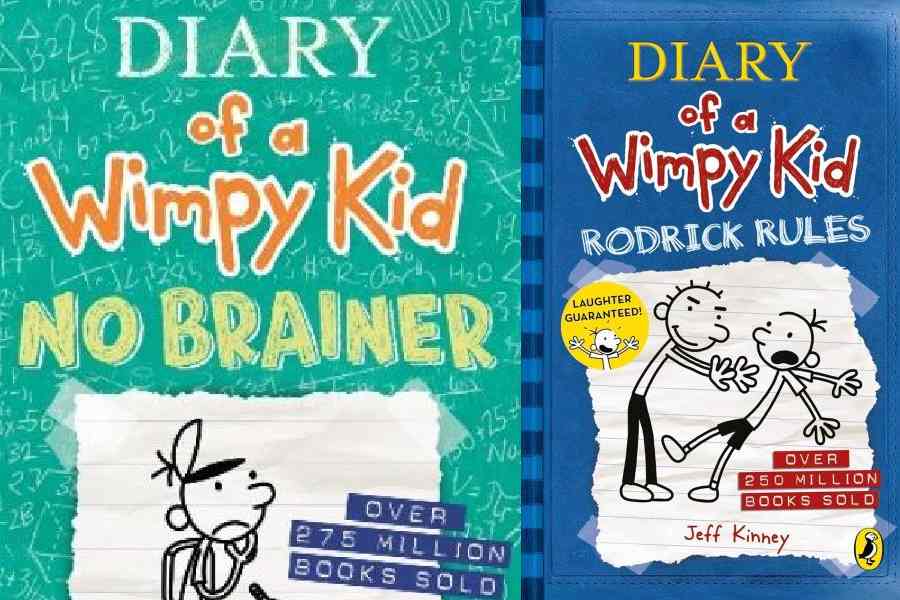
Since you’ve travelled with your books to so many different countries, is the appeal different in different countries?
Yeah, what’s strange for me is that it hasn’t felt much different to me. I would say here in India the kids seem to be very open-hearted, warm and loving and enthusiastic in a way that’s a little bit different from the rest of the world. But I think that most kids when they read my books, they’re reading about a childhood that’s sort of universal. I think Indian kids and American kids have some of the same issues like we have parents and pets and bullies and teachers and homework and older brothers and younger brothers. And I think we’re all playing from the same playbook, especially as kids.
There are problems that I think that we all face around the world. I would call this book my first real satire as it’s very exaggerated in a very unrealistic way. But I thought that was a fun way to tell a funny story about the school.
You have the 18th book in the series. What are your plans with Diary of A Wimpy Kid?
I’m getting close to book 20 but I don’t know what the future of Wimpy Kid looks like. I think what I’ve learned though is that there are a lot of kids who depend on a new Wimpy Kid book coming out every year. And so I think that we as creators have to be smart about anticipating how people will feel if we stop in our creation. And I think a cartoon character kind of wants to live on and on through generations. So hopefully I can keep going.
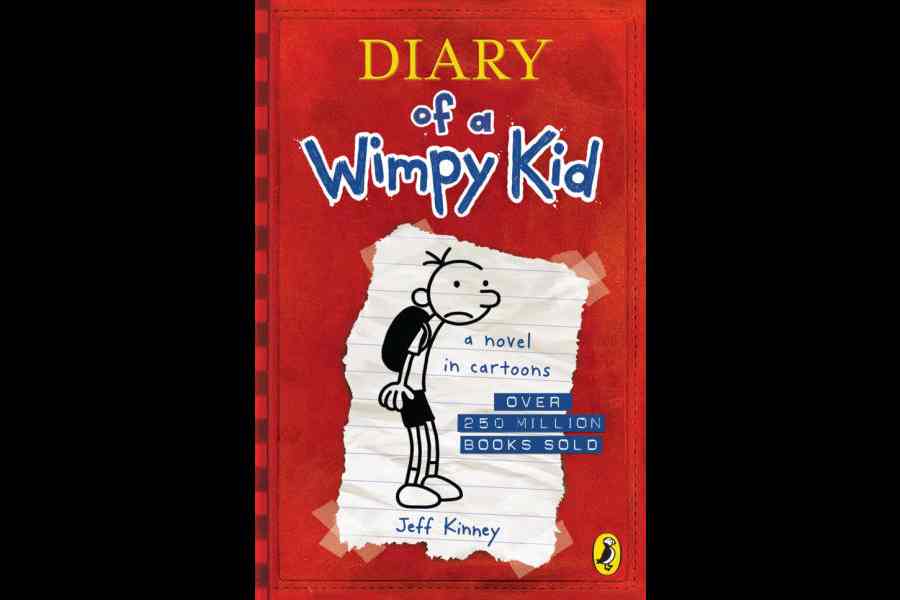
Between a cartoonist and an author if you were asked to make a choice, which one would you choose to be the best and the most challenging?
Oh boy, that’s a good question! I think I’d go with cartooning because I use my cartoons as a crush. I need my cartoons to tell my jokes. And if I just had words, I think I wouldn’t feel confident in my abilities to deliver a joke. Of course, I’d like to be a better author and a better storyteller, but for me, I think I really need those cartoons.
And what do you do when you’re not writing or sketching?
I don’t really have any hobbies in life. The only thing I do is play basketball. I’m a big Boston Celtics fan in the US so that’s my passion.
You also have an interest in promoting the library culture. Can you tell us something about that?
In the US, libraries are under a lot of stress because they don’t have a lot of money. And sometimes there are political forces. So I wanted to celebrate and uplift librarians on this tour. So at every stop, we donated to libraries. We raised about $100,000 for libraries in the US. And it felt good. It’s the first time I’ve done something like that. And in fact, we’re extending that here too. I think that’ll be a really fun part of each one of our events.
JEFF FACTS
Jeff’s first experience as a cartoonist was during his university days when he ran a comic strip, Igdoof, in the campus newspaper
Before turning into a seasoned author Jeff published his books on funbrain.com
The first Diary of a Wimpy Kid book was published in 2007
The Diary of a Wimpy Kid series has been a permanent fixture on the USA Today, Wall Street Journal, and Publishers Weekly bestseller lists.
The series has remained on the New York Times bestseller lists since the publication of the first book, for more than 775 weeks total, and more than 350 on the series list.
Jeff’s bookstore in Massachusetts is called An Unlikely Story
